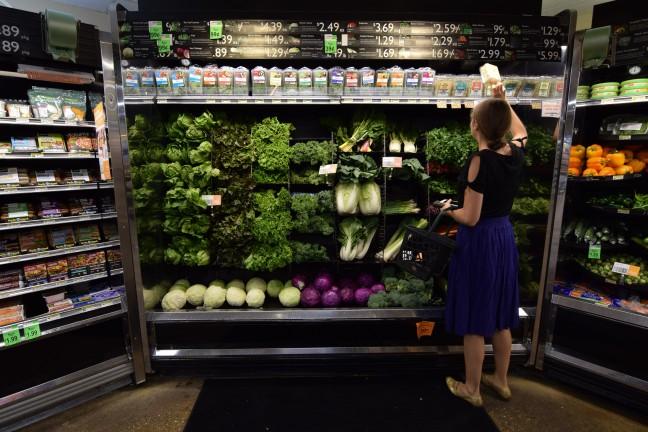After the Centers for Disease Control recalled romaine lettuce for reported cases of E. Coli exposure, health officials recently added Wisconsin, Mississippi and Tennessee to the list of states reporting food poisoning cases linked to the outbreak.
The CDC has pinpointed Yuma, Arizona as the region likely growing lettuce contaminated with E. coli. The outbreak is responsible for the outbreak that has infected 98 people across 22 states since mid-March, according to the latest reports. So far, no deaths have occurred, but 46 patients have been hospitalized, including 10 with kidney failure.
Adam Borger, outreach program manager at the University of Wisconsin Food Research Institute, said this bacterium is an “extremely nasty” pathogen linked to outbreaks in other leafy greens over the past decade.
“The difficulty with figuring out exactly where this came from is how especially this romaine lettuce is handled,” Borger said. “The distribution chain with lettuce from farm to where the consumer gets it involves whole lot of different steps.”
Borger went on to say contaminated food is probably difficult to detect in farm fields since every single head of lettuce is not tested. Even one infected crop can co-mingle with thousands of others and lead to increase in the chances of cross-contamination, Borger said.
Once a case is reported, protocol calls for the patient to be admitted to a hospital where the state’s Laboratory of Hygiene gathers an isolate of — in this case — the E. coli bacteria. Once the sample is entered into a database and matched to other current strains, Borger said an agent from the laboratory interviews the patient and asks what they have eaten over the past few weeks.
Jonathan Sogin, a UW food science undergraduate, partially attributed the especially dangerous nature of this outbreak to the delayed nature of its symptoms.
“One thing that also makes this difficult is that in this case, people don’t know that they’re sick until two to three weeks after consuming products, and after two to three weeks you can’t really remember what you ate,” Sogin said.
For now, the illness has been traced back to romaine lettuce grown in Yuma. The CDC recommends Wisconsinites and residents in other affected states abstain from purchase or consumption of the product unless its origin is definitively known. It’s better to be safe than sorry, Borger said.
In 2016, the Food and Drug Administration amended the Safety Modernization Act with the Produce Safety Rule, which established standards for safe growing and packing of fruits and vegetables. This past January marked the beginning of policy compliance for large farms, but routine inspections are not set to begin until next year — several months after the current lettuce contamination situation.
“[The Produce Safety rule] was added to federal regulations and designed to prevent some of these outbreaks,” Sogin said. “The code is good and the idea of the rules is good, but this outbreak shows these rules still need improving, and more research needs to be done in this area to prevent future outbreaks.”


